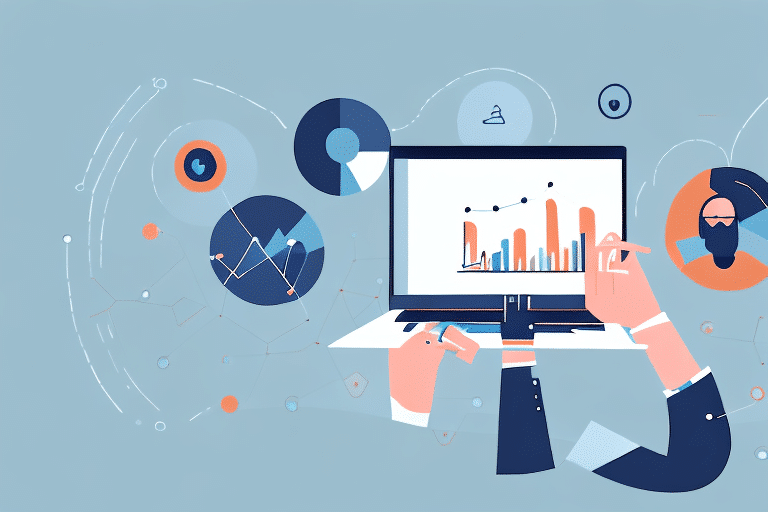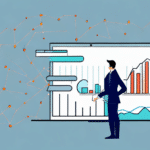Understanding the Importance of Customer Retention
As a business owner, recognizing the significance of customer retention is crucial. Retaining customers is not only more cost-effective than acquiring new ones, but it also helps build a loyal customer base that can sustain your business through challenging times. According to a study by Invesp, acquiring a new customer can cost up to five times more than retaining an existing one. Moreover, loyal customers tend to spend more on your products or services and are more likely to refer others to your business.
The Role of a Customer Retention Agent
Key Responsibilities
A customer retention agent is pivotal in ensuring that customers remain satisfied with their experience and continue to engage with your company. Their primary duties include:
- Developing a deep understanding of customer needs and concerns.
- Identifying areas for improvement in customer service and support.
- Proactively reaching out to customers at risk of leaving through surveys and feedback analysis.
- Addressing potential issues before they escalate into major problems.
Essential Skills and Qualities
To excel in this role, a customer retention agent should possess:
- Excellent communication and interpersonal skills to effectively interact with customers.
- A comprehensive understanding of the company’s products and services.
- The ability to analyze customer feedback and identify actionable insights.
- A positive attitude and a willingness to go above and beyond for customers.
- Problem-solving skills to handle challenging situations with empathy and professionalism.
Developing an Effective Customer Retention Strategy
Gathering and Analyzing Customer Feedback
Creating a robust customer retention strategy starts with understanding your customers' needs and concerns. Utilize methods such as surveys, focus groups, and feedback forms to gather valuable insights. Analyzing this data helps identify pain points and areas where your business can enhance the customer experience.
Addressing Customer Pain Points
Identify and resolve issues that customers may be facing, whether it's related to your product, website usability, or customer support. Enhancing these areas can significantly improve overall satisfaction and reduce the likelihood of customers leaving.
Implementing Incentives and Rewards
Offering incentives like discounts, exclusive offers, or access to special events can encourage customers to remain loyal to your brand. Rewarding loyalty not only strengthens customer relationships but also increases retention rates.
Enhancing Customer Experience and Communication
Personalized Customer Interactions
Personalization is key to creating a positive customer experience. Tailor your communication and offers based on individual customer preferences and behaviors. This approach fosters a stronger connection and enhances loyalty.
Effective Communication Channels
Utilize various communication channels such as email, social media, and chatbots to engage with customers. Ensure that interactions are prompt, professional, and personalized to meet customer expectations.
Leveraging Technology to Boost Customer Loyalty
Customer Relationship Management (CRM) Systems
Implementing a CRM system can help track customer interactions, manage relationships, and analyze data to improve retention strategies. Tools like Salesforce CRM offer comprehensive solutions for managing customer relationships effectively.
Data Analytics and Personalization
Use data analytics and machine learning algorithms to gain insights into customer behavior and preferences. This information allows you to personalize offerings and communications, creating a more engaging and tailored experience for each customer.
Measuring and Improving Customer Retention Efforts
Key Metrics to Track
Evaluating the success of your customer retention strategies involves monitoring several key metrics:
- Customer Retention Rate: The percentage of customers who continue to do business with you over a specific period.
- Customer Lifetime Value (CLV): The total revenue a business can expect from a single customer account.
- Churn Rate: The percentage of customers who stop using your product or service during a given time frame.
- Net Promoter Score (NPS): Measures customer satisfaction and loyalty by asking how likely they are to recommend your business to others.
Continuous Improvement
Customer retention is an ongoing process that requires continuous analysis and refinement. Regularly gather and assess customer feedback, stay updated with industry trends, and be willing to adapt your strategies to meet evolving customer needs. This commitment to improvement ensures that your retention efforts remain effective and aligned with your business goals.
Conclusion
Becoming a customer retention agent and implementing effective retention strategies are essential for sustaining and growing your business. By understanding the importance of customer retention, developing comprehensive strategies, enhancing customer experiences, leveraging technology, and continuously measuring and improving your efforts, you can build a loyal customer base that drives long-term success.






















